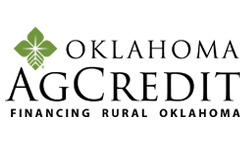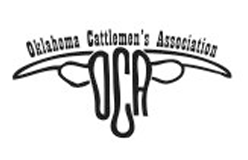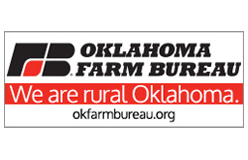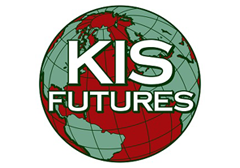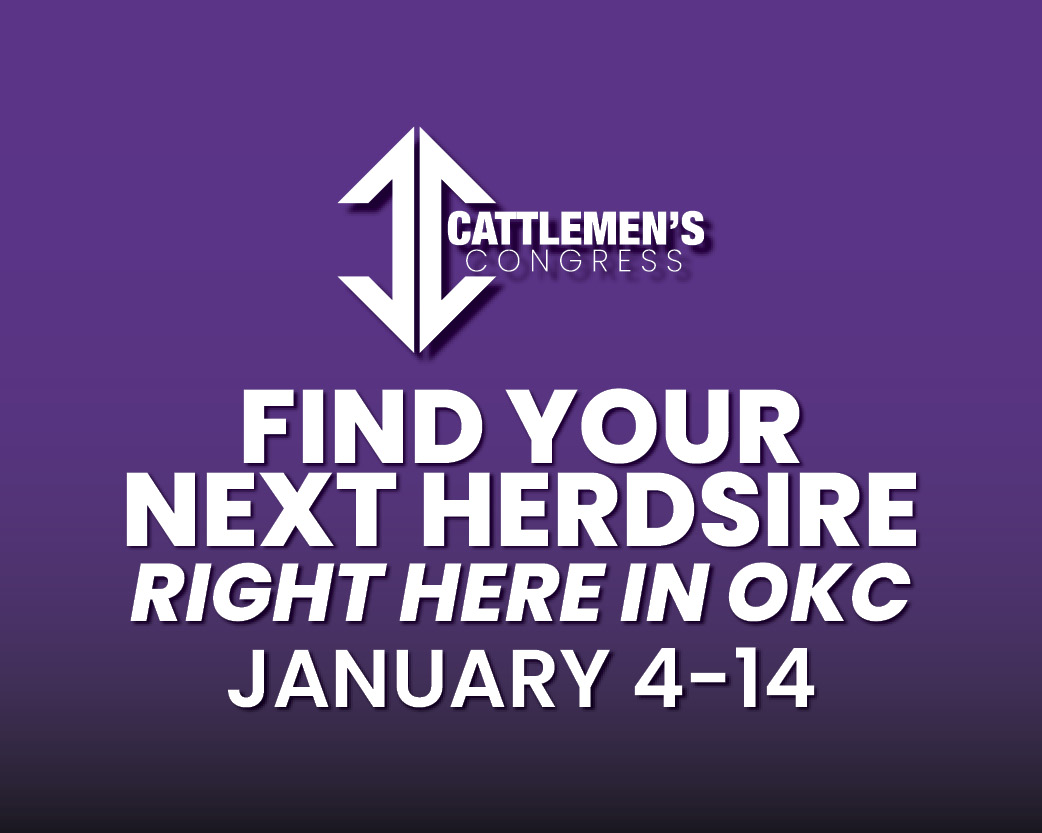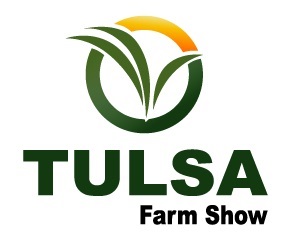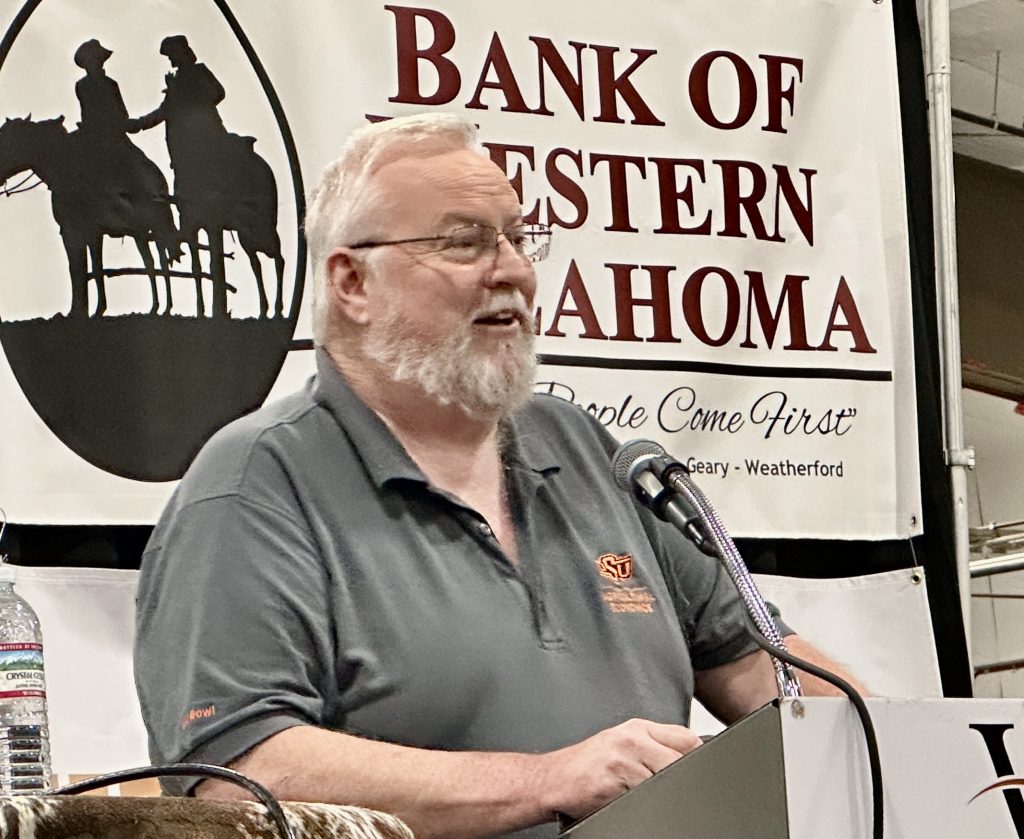
As the cattle market experiences heightened fluctuations, recent developments, including Tyson’s announcement of beef packing capacity closures in January, warrant careful consideration among producers and consumers alike. As the cattle markets pause for the Thanksgiving holiday- Oklahoma Farm Report’s Ron Hays Beef Buzzes with Oklahoma State University Extension Livestock Market Economist Dr. Darrell Peel about the current state and future trajectory of the cattle industry.
The recent cattle-on-feed report and the impending consolidation by Tyson are critical indicators of the market’s evolving landscape. Dr. Peel suggests that despite these challenges, the fundamentals of the cattle market point towards potential growth in beef cow herds. He predicts that the January 2026 beef cow herd might be “fractionally more” than in 2025, emphasizing that while the expectation remains for herd stability, slight increases in numbers are feasible.
One of the factors influencing this potential growth is the significant decrease in cow slaughter rates. This decline has created a more favorable environment for the existing cows, especially given the low inventory of replacement heifers. Dr. Peel indicates that while producers entered this year with concerns surrounding inadequate heifer numbers, the reduced slaughter rates might sufficiently offset these challenges, thereby stabilizing the beef cow population at its current low levels.
Strategic Considerations for Producers
As the year draws to a close, Dr. Peel advises cattle producers to adhere to well-laid plans for 2026, emphasizing the importance of understanding and responding to market signals.
Rebuilding Strategies: Producers aiming to rebuild their herds should focus on strategic management of their resources. Implementing solid plans to produce and care for calves will enable producers to capitalize on prevailing market conditions.
Production vs. Rebuilding: Conversely, fully stocked producers should aim to maximize calf production. Efficient herd management will ensure robust numbers entering the market.
Dr. Peel encourages producers to remain steadfast in their plans, despite external turbulence that may obscure the underlying fundamentals of the market. “The market is still telling us that it’s worthwhile,” he asserts, pointing to the growing need for females to replenish the herd.
Looking ahead, Dr. Peel warns consumers that elevated beef prices are likely to persist. He notes that while there may be minor impacts from trade developments, significant relief in pricing is unlikely in the short term. The feeder cattle supply remains tight, necessitating that heifers be retained to rebuild the herd, thereby driving prices higher in the near future.
Long-Term Recovery Timeline
The path to recovery is expected to be gradual. “The highest prices are ahead of us yet,” cautions Dr. Peel. He emphasizes that the cattle industry is characterized by its slow response to market shifts, foreseeing a protracted recovery that could span several years.
The cattle market is at a crucial juncture, influenced by internal dynamics and external pressures. As producers navigate these complexities, leveraging strategic planning and adhering to market fundamentals will be essential for their success. For consumers, the current situation suggests that high beef prices are a fixture for the foreseeable future, emphasizing the importance of adaptability within both the production and consumption landscapes of the beef industry.
The Beef Buzz is a regular feature heard on radio stations around the region on the Radio Oklahoma Ag Network and is a regular audio feature found on this website as well. Click on the LISTEN BAR for today’s show and check out our archives for older Beef Buzz shows covering the gamut of the beef cattle industry today.


